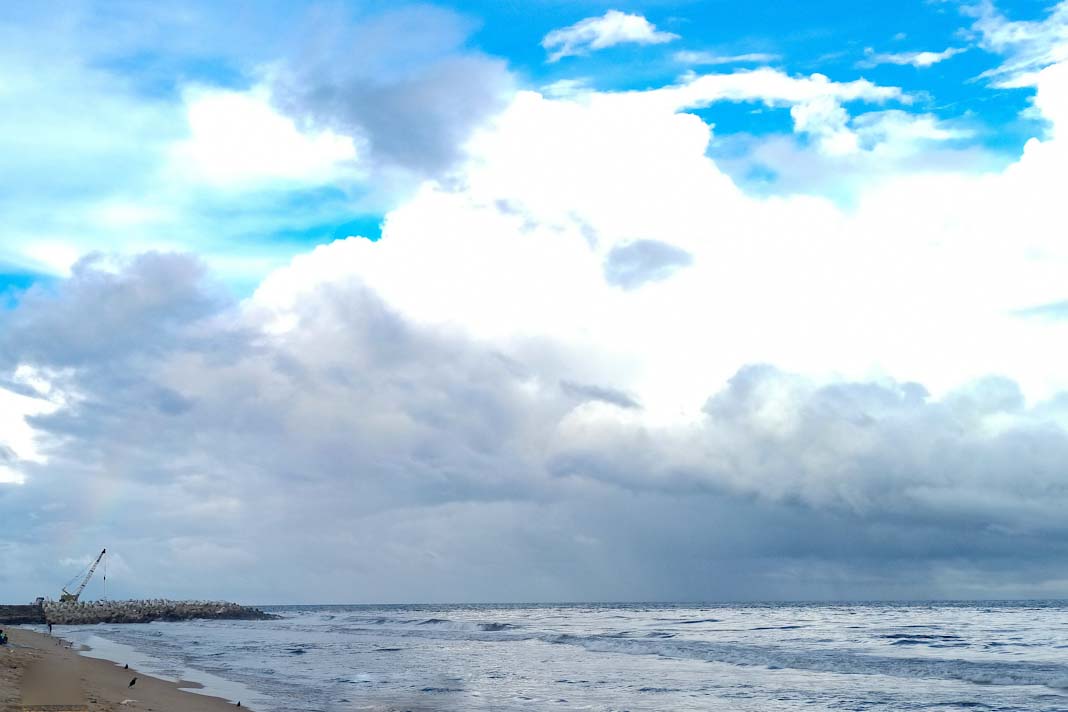- Arctic LNG-2 cargo does ship-to-ship transfer
- Australian loading demand strong
Asian LNG freight is likely to move up in the next few months due to winter demand and the tying down of several ships for term contractual deliveries, several market participants said on Aug. 23, reports SP Global.
Asian LNG freight
Both are steam-run ships and not part of the global supply chain and one of them, the Pioneer, was even put under US sanctions recently, said several shipping sources tracking such deals. Russian LNG is likely to be delivered in the Mediterranean to countries such as Turkey and Egypt, but demand also is quite strong for moving conventional non-sanctioned cargoes from Australia and the US, they said.
LNG freight across the Asia-Pacific region has a strong potential for an upswing in the near term, a chartering source in Shanghai said.
However, some of these chartering sources and brokers noted that the spike this year may not be as high as a year ago because some of the winter demand has already been covered. The EU reached its 90% gas storage target on Aug. 19 well ahead of the Nov. 1 deadline, S&P Global Commodity Insights reported.
At present, the freight for two-stroke LNG carriers in the Asia-Pacific spot market, for voyages from Australia to north Asia, is hovering around $82,500/d while that of tri-fuel diesel electric ships is at $62,500/d, Commodity Insights data showed. The upside potential is intact even if the 2023 highs are not reached in the near term, sources said.
Freight had spiked for two-stroke LNG ships around this time last year to $225,000/d on Sept. 11, 2023, from $150,000/d on Aug. 31, a 50% increase in just over six trading days before peaking at $240,000/d later in the month, Commodity Insights data showed.
The corresponding freight for its smaller counterpart, TFDEs, experienced a similar spike to $175,000/d from $150,000/d, up 17% during the same period before peaking at $200,000/d in 2023, the data showed.
At present, the Pacific market has seen an increase in LNG loading demand for September and early October, with several voyages and short-term charter requests emerging for Australia-Papua New Guinea and also the Persian Gulf for north Asia deliveries, sources said.
There could be a significant restocking, however, not until October, as there is a need for some reduction in spot prices to entice buyers, an LNG freight broker said.
Participants should be prepared for a sudden rise in freight, driven by seasonal demand, broader market conditions, and supply constraints, sources said. The anticipated few newbuild deliveries would not be enough to meet winter demand this year, they said. The spread in freight between two-stroke and tri-fuel ships is also expected to rise in tandem with the day rates.
This month, charterers have been struggling to find suitable two-stroke LNG carriers due to a shortage in the Asia-Pacific region, pushing charterers to pay a larger premium for them, according to market participants. There is now more demand for moving LNG on ships as Europe has shifted from pipeline imports due to the ongoing Russia-Ukraine war. This transition has led to Asia and Europe vying for gas supplies in ships, they added.
The benchmark JKM LNG prices fell below $14/MMBtu late last week, according to Commodity Insights data, and more traded volumes are expected to load in ships in the next few weeks ahead of winter, a chartering source in Shanghai said.
Slow China demand
Freight rates may not reach 2023 highs because of slower growth in China’s winter demand, with any incremental rise hinging on whether the delivered cost is favorable, other shipping sources said. The environment and fundamentals are different compared to 2023 so the market might not be able to mirror the spike in freight levels, albeit with a smaller surge, another chartering source said.
Shipping market participants also pointed out that weather conditions will play a significant role in shaping the competition for positioning LNG tankers between the Atlantic and the Pacific. In recent months, dozens of such tankers have been positioned for loading LNG from the US Gulf Coast.
There are already several LNG tanker inquiries for end-September and October loading in Australia and ports such as Bintulu in Southeast Asia. There is also ongoing chartering activity in the Persian Gulf, including Ras Laffan and Qalhat, which brokers said would support freight.
Did you subscribe to our daily Newsletter?
It’s Free! Click here to Subscribe
Source: SP Global
















